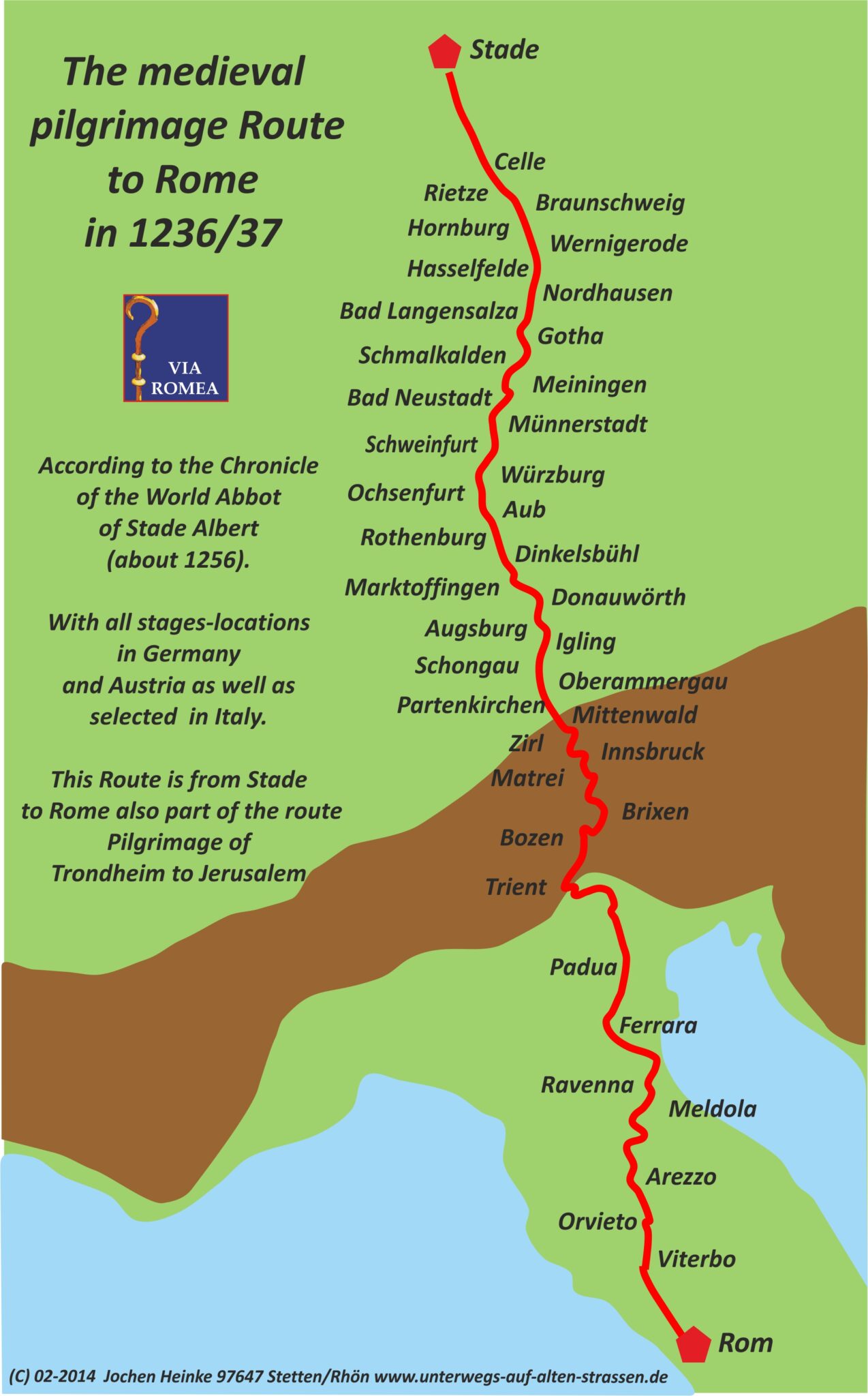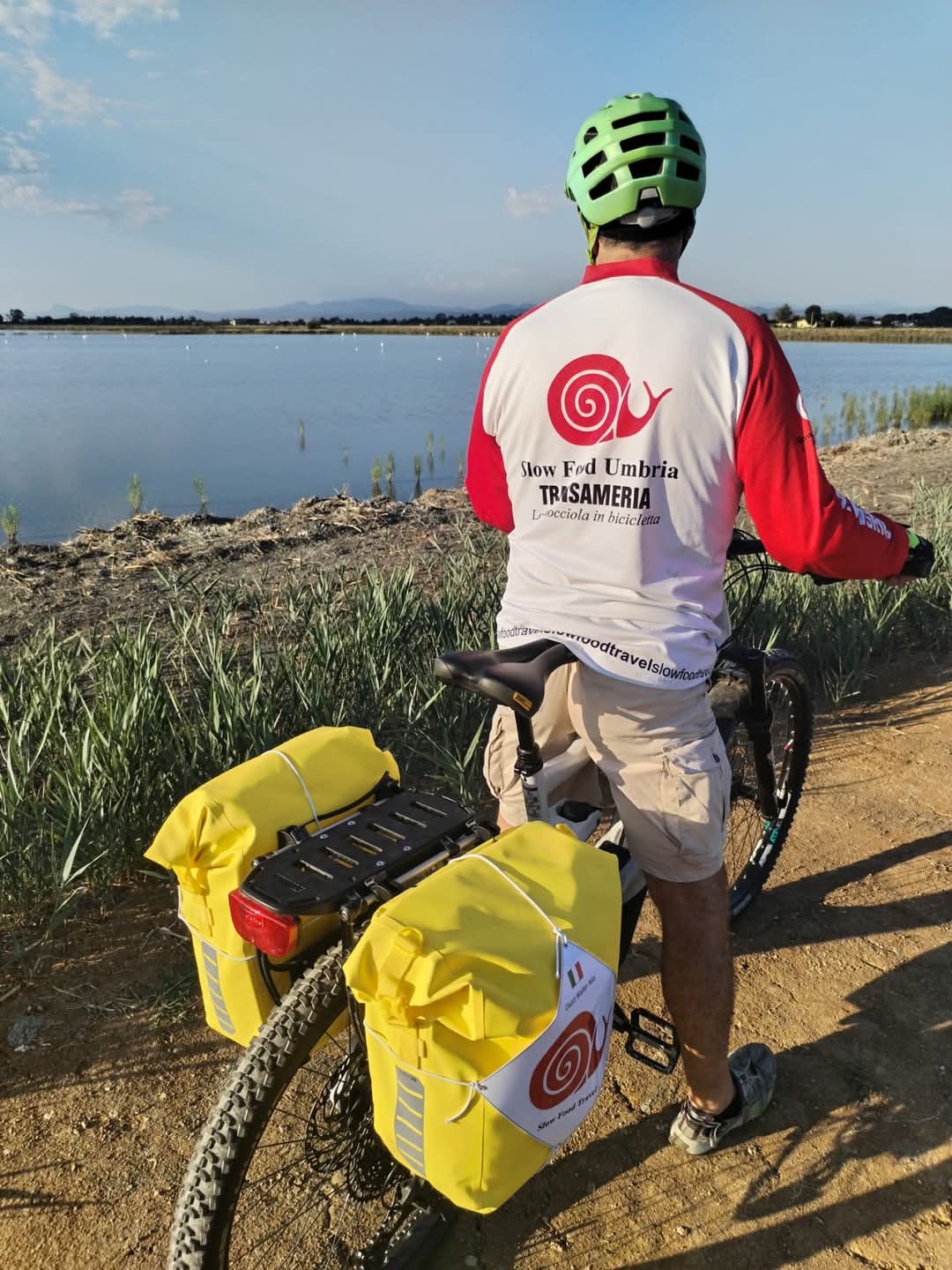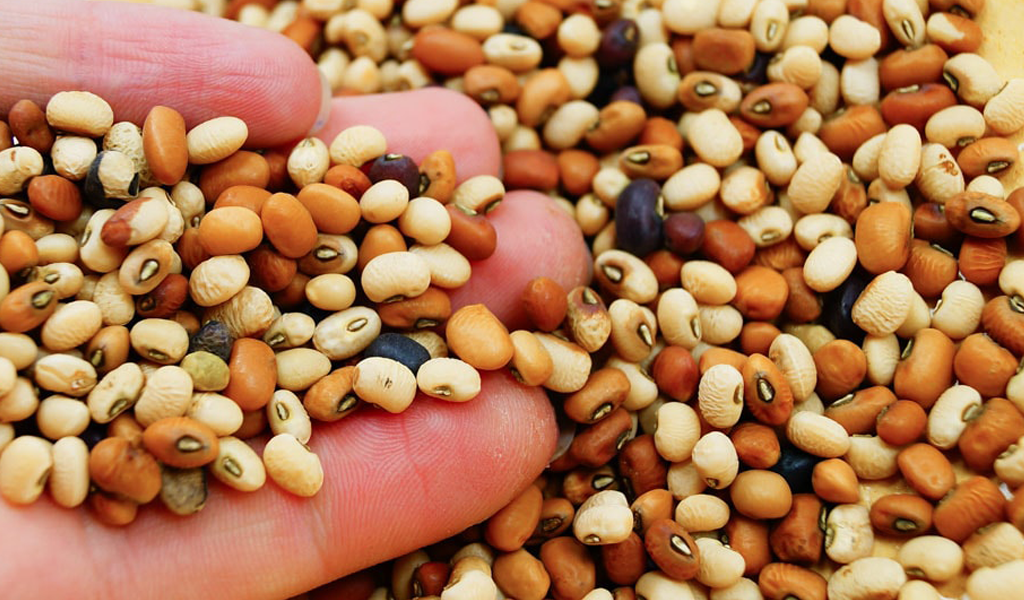Before the E45 there was the Romea Germanica. 2200 km of road, which connected Germany with Rome, passing through Umbria.
The Romea Germanica began in Stade in Northern Germany, crossed the Holy Roman Empire, descended into Italy from the Brenner Pass, crossed the Po Valley, passed through Cervia, Arezzo, Perugia and Orvieto. To reach Rome it connected to the Francigena, the one that descended from Canterbury and crossed the land of the Franks.
It was a very busy road, traveled by Emperors and Popes and of course by the Romei who descended to Rome to pray at the tomb of Peter and then perhaps continue on to the Holy Land. “Movesi il vecchirel canuto et biancho” wrote Petrarca, and perhaps his old man traveled precisely this path.

In 962, Otto I passed through on his way to Rome to be crowned emperor, in 1072 Matilda and then Henry IV passed through on his way to humiliate himself in Canossa, in 1804 it was the turn of Pope Pius VII who had been summoned to Paris to crown Napoleon. In short, a coming and going of characters who have entered history. That road did not resemble the current E45 – which is a European road that crosses Umbria, reaches Cesena and continues to the Arctic Circle – but it was a kind of sheep track, called Francigena-Germanica or Romea Germanica. Luckily for us, the monk Alberto di Stade traveled it in 1256 and described it accurately in a travel diary. Today, the Romea Germanica is once again passable both on foot and by bicycle. Moving on the ancient roads reflects the Latin saying Festinare Lento, meaning Hurry Slowly. You enjoy the silence, you have time to see nature and art, you discover yourself and the ancient foods. As you go, you embrace the entire landscape with your gaze. You do what is impossible by car. Walter Nilo Ciucci from Todi, a healthy carrier of the Snail by bicycle, cycled along the stretch of the Romea Germanica that goes from the Cervia salt mines to Orvieto. He left from Cervia because of Slow Food and he revived an ancient friendship and trade pact that linked Orvieto to Cervia. For centuries they exchanged the prized Cervia salt with the Secondo Bean from the Orvieto plain. The Romagna salt mines are still functioning and produce a prized salt of pure Sodium Chloride. Tradition has it that in 1464, a group of pilgrim salt workers went down to Rome to offer salt to Pope Paul II, former bishop of Cervia. The tradition has not been lost and every year some salt workers undertake a 200 km pilgrimage along the old path and are welcomed in the Vatican.

Walter Ciucci’s goal was not only to travel the Romea Germanica, but as a Chiocciola in Bicicletta, he stopped at the places of the Slow Food presidia to taste and point out the products now on the verge of extinction that must be protected. From Cervia to Orvieto there are 20 presidia divided between Romagna, Tuscany and Umbria.
Having entered Umbria he stopped at Lake Trasimeno where there are three Slow Food presidia. The first is the Fagiolina del lago, a legume that grows only along the shores of the lake until climate change allows it. The other two are fish-based presidia, because fishing in the lake is done sustainably and with traditional methods. An important dish is the Brustego, a perch that is grilled over an open flame and consequently comes out toasted. Another presidia is the Carp, the queen of the lake, which the locals cook in a very original way: they present it in porchetta. That is, it is baked with a filling of bread and Umbrian country aromas. The lake, however, also offers many other fish and small fish that come that make up the tegamaccio. In short, around Trasimeno there are very good niche products that you have to try at least once before they disappear.

Walter Nilo’s last stop was Orvieto. Everything has been written about Orvieto, about the splendor of the Cathedral and the setting sun that lights up its golden facade. Not to mention the chapel of San Brizio frescoed by Beato Angelico, Benozzo Gozzoli and Luca Signorelli. Late Gothic and Renaissance go very well together. The Cathedral overlooks the city and can be seen from afar, but it is more difficult to find the Fagiolo Secondo from the Orvieto plain. The very one that was exchanged for Cervia salt. It is a legume, of course it is a bean, second because it was planted in the wheat fields after threshing, therefore second sowing. Many people survived with the Fagiolo Secondo that was not limited to making the bean, but served as a currency of exchange for the oil on the banks of the Paglia river and for Cervia salt.
All the routes reported by Walter Nilo Ciucci, in Umbria and beyond, are dotted with Slow Food presidia where cyclists and trekkers can stop and enjoy the territory also from a culinary point of view that is absolutely special as their going.
Unfortunately, the heat limits the production of these presidia, but the intent of the Slow Food presidia is precisely to safeguard products in danger of extinction so that they do not get lost in thin air.
To know more details about the route just go to the YouTube channel of Walter Nilo Ciucci
Renata Covi
Latest posts by Renata Covi (see all)
- The seal of Frederick II of Swabia - June 5, 2025
- Tale of Cannara at the end of the 19th century: wine, onions and a woman in the pharmacy - April 15, 2025
- Romea Germanica: the ancient pilgrimage route, today it can be retraced on foot or by bike - December 12, 2024

